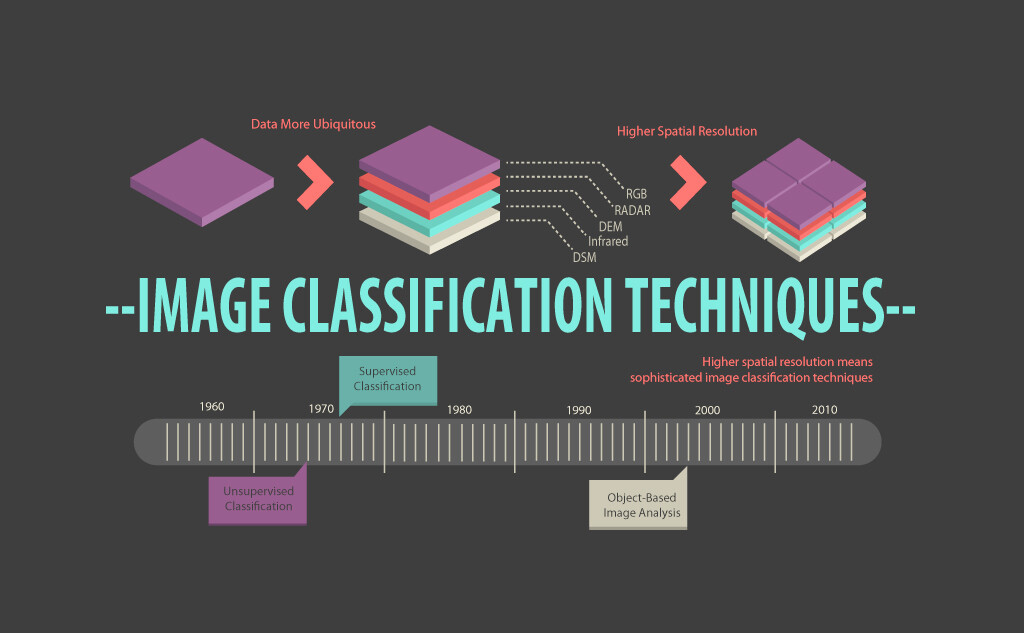
For this reason we will be collecting a minimum of 12 samples of water, 11 of forested areas, 9 of agricultural land, 11 of urban/built-up areas and 7 of bare soil.

No feature is has the save exact reflectance value and therefore it is important to provide the model with a variety of samples from many different features in your study area.

It is important to collect multiple samples in order to make sure that you have a variety of sample types so that the maximum likelihood classifier will be able to make the best classification. We will be collecting multiple training samples for the following land use/land cover surface features: water, forest, agriculture, urban/built-up and bare soil. The reason behind doing this is to "train" a maximum likelihood classifier which will be used in the supervised classification in order to classify features which cover the Chippewa and Eau Claire Counties. In previous labs we relied on spectral signatures from the ASTER and USGS spectral libraries, however in this lab we will be collecting our own. Training samples are basically spectral signatures which we will collect. The first portion of the lab requires the collection of training samples for the supervised classification. To do so we will be employing training samples in order to produce meaningful results. We will more specifically look at classifying water, urban/built-up areas, agriculture, bare soil and forest. Eau Claire and Chippewa Counties has a variety of land use/land cover features.

In the previous lab we used unsupervised classification methods in order to produce various land use/land cover classes in the Eau Claire and Chippewa Counties, however in this lab we will be using a different classification method in the same study area. The main goal of this laboratory exercise is to teach the image analyst to extract information from remotely sensed images for both biophysical and sociocultural reasons using the pixel-based supervised classification method.


 0 kommentar(er)
0 kommentar(er)
